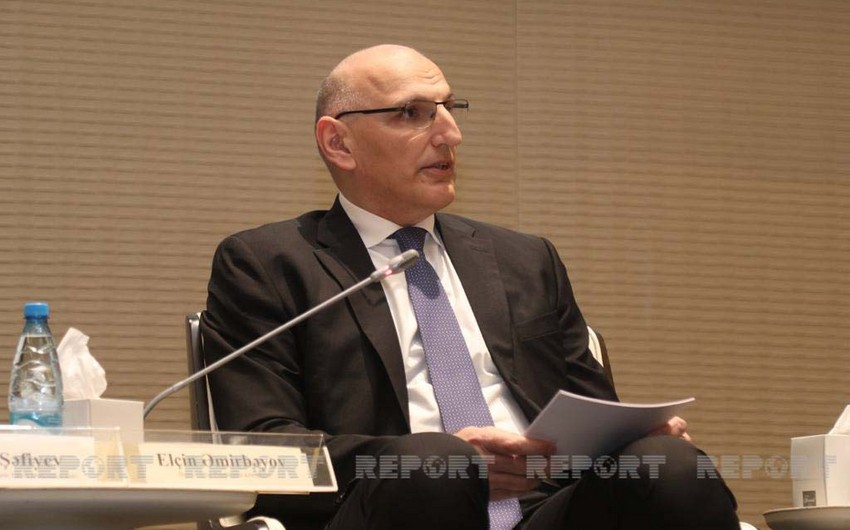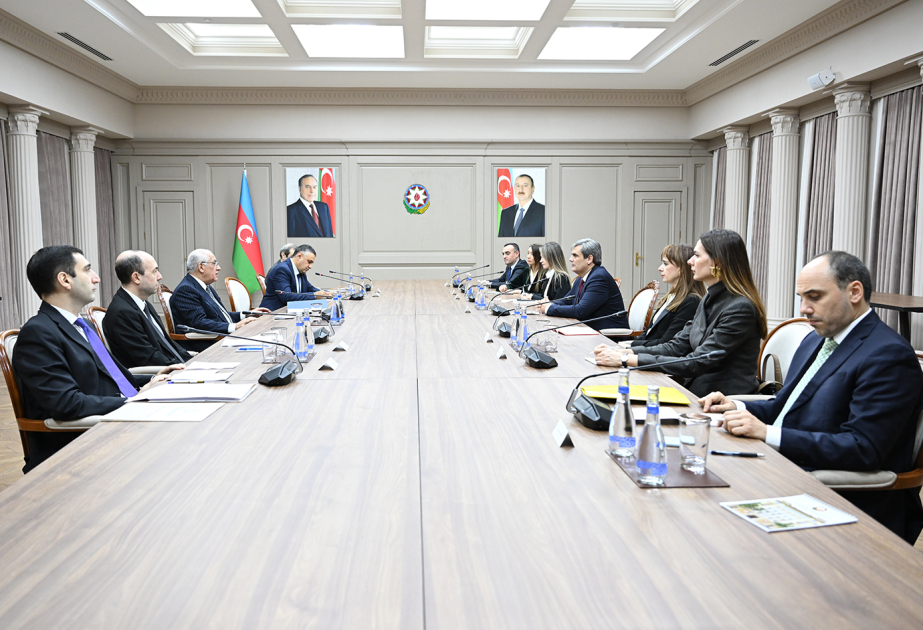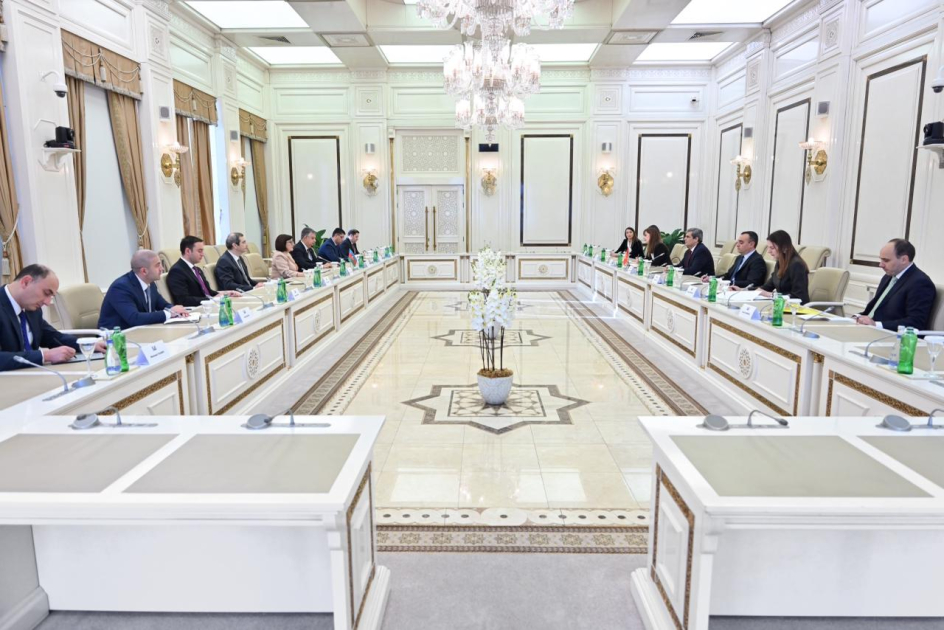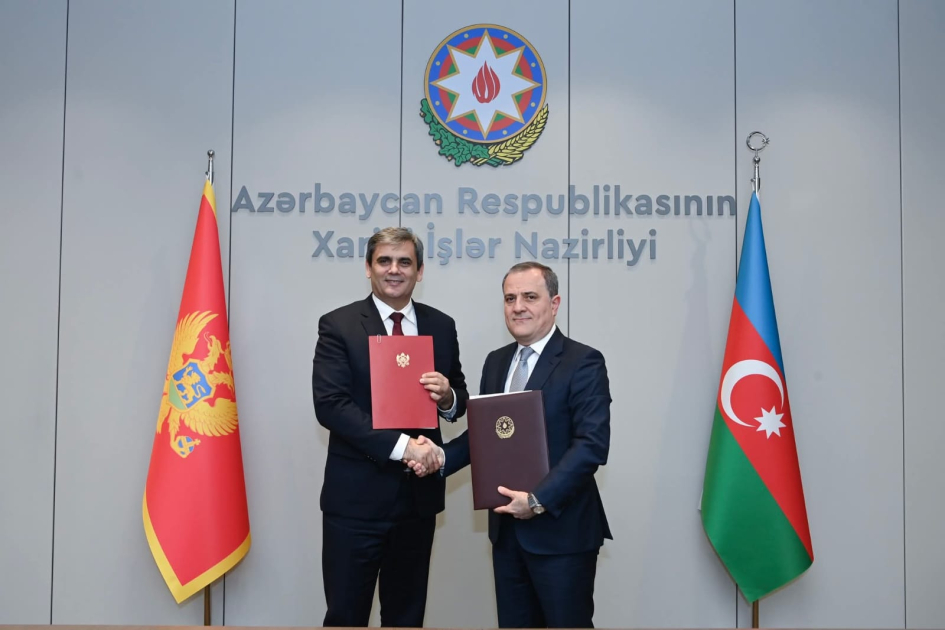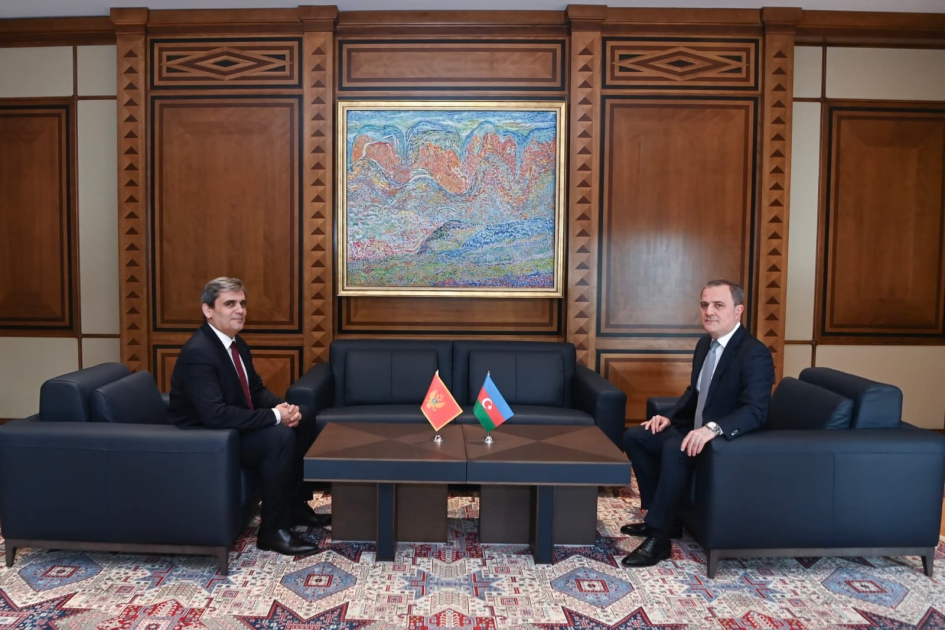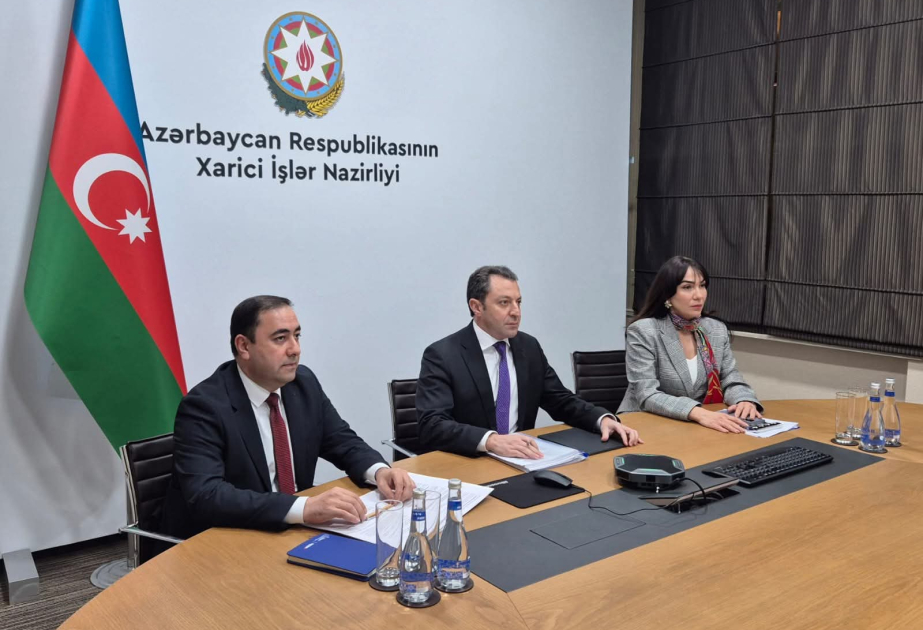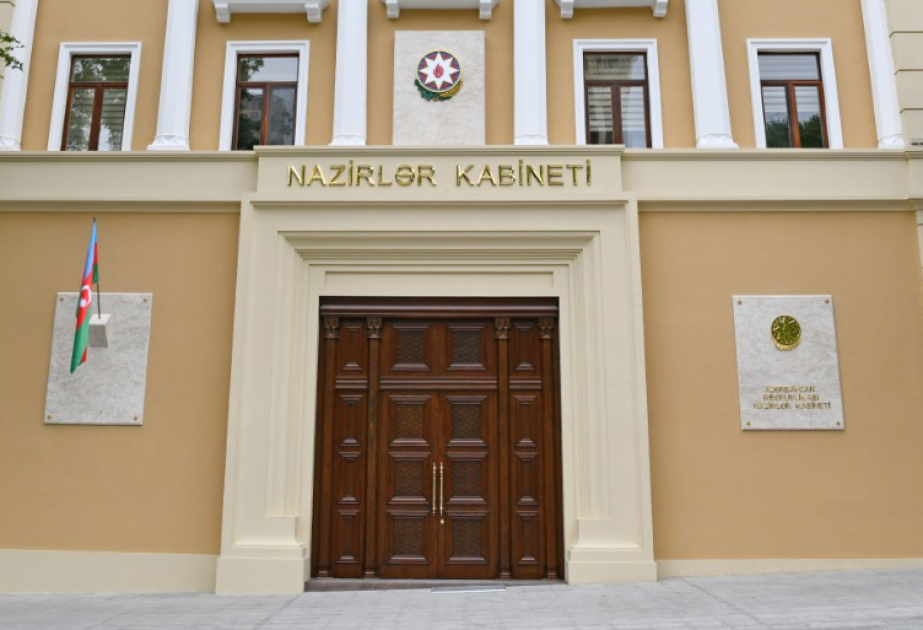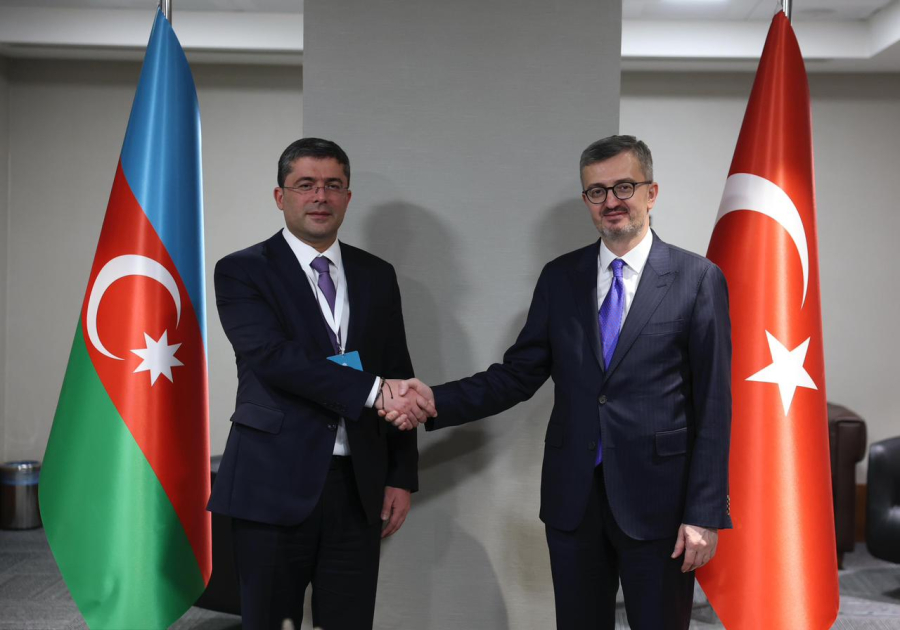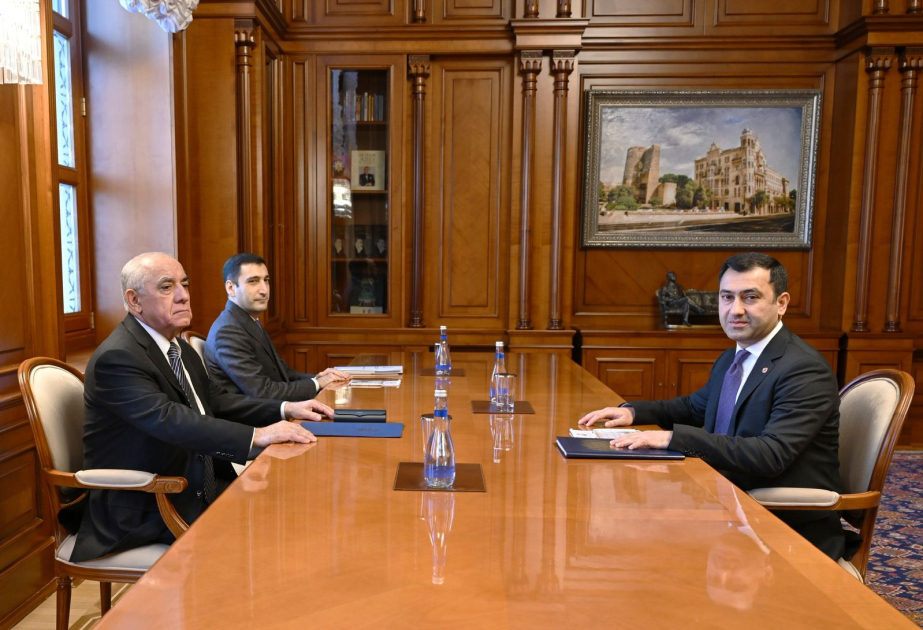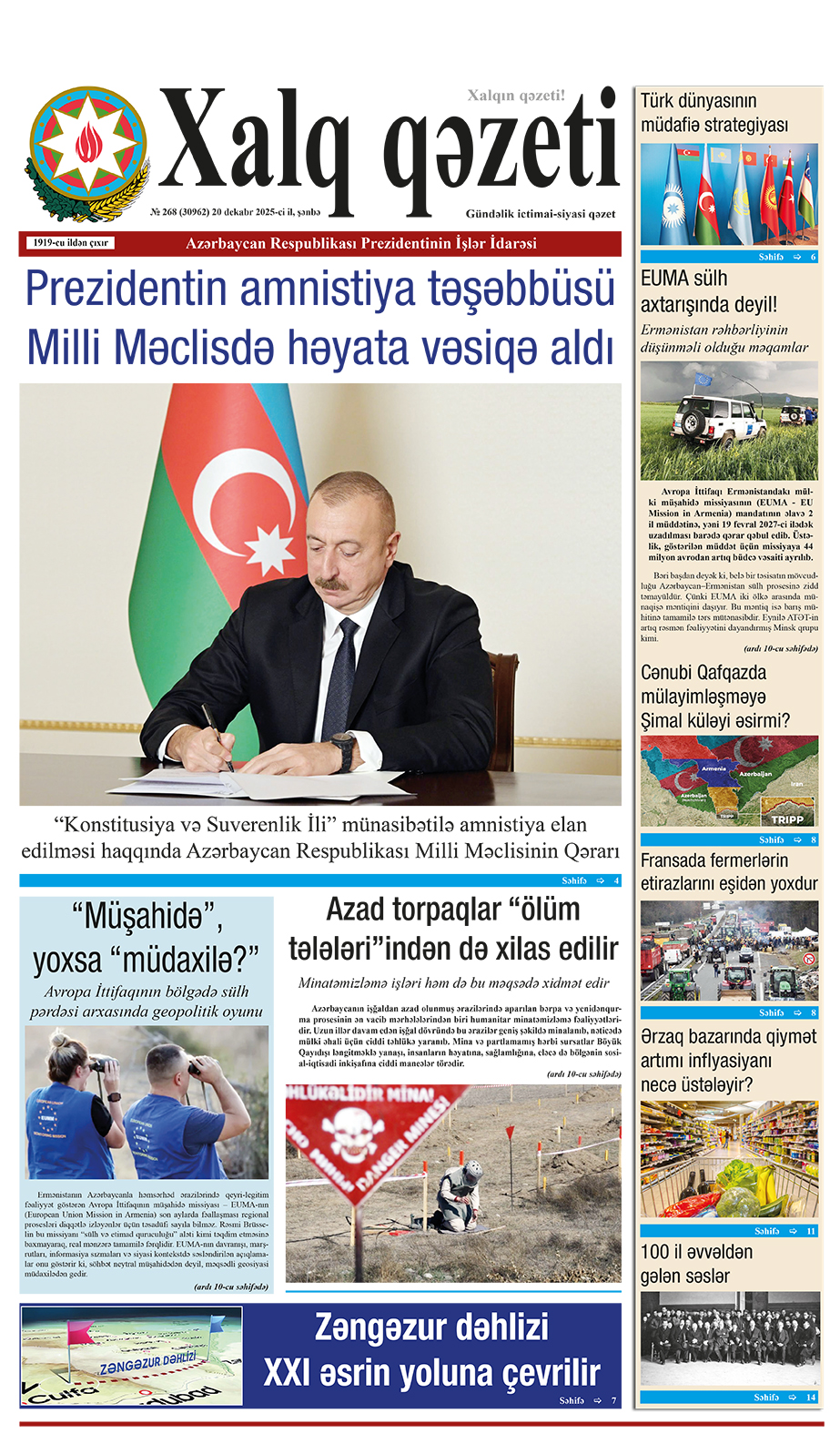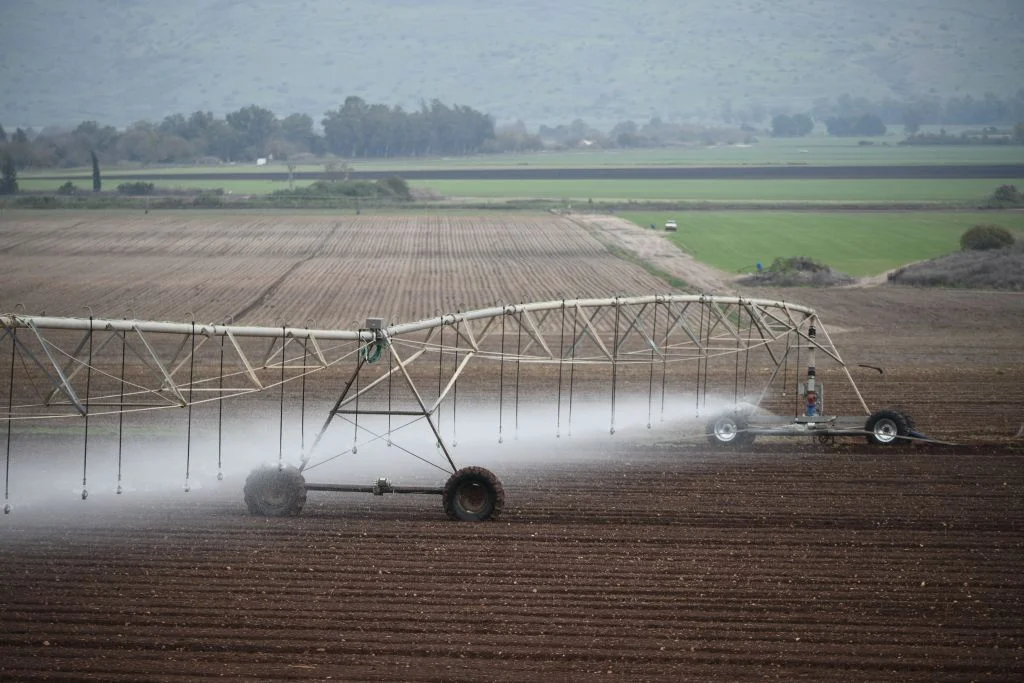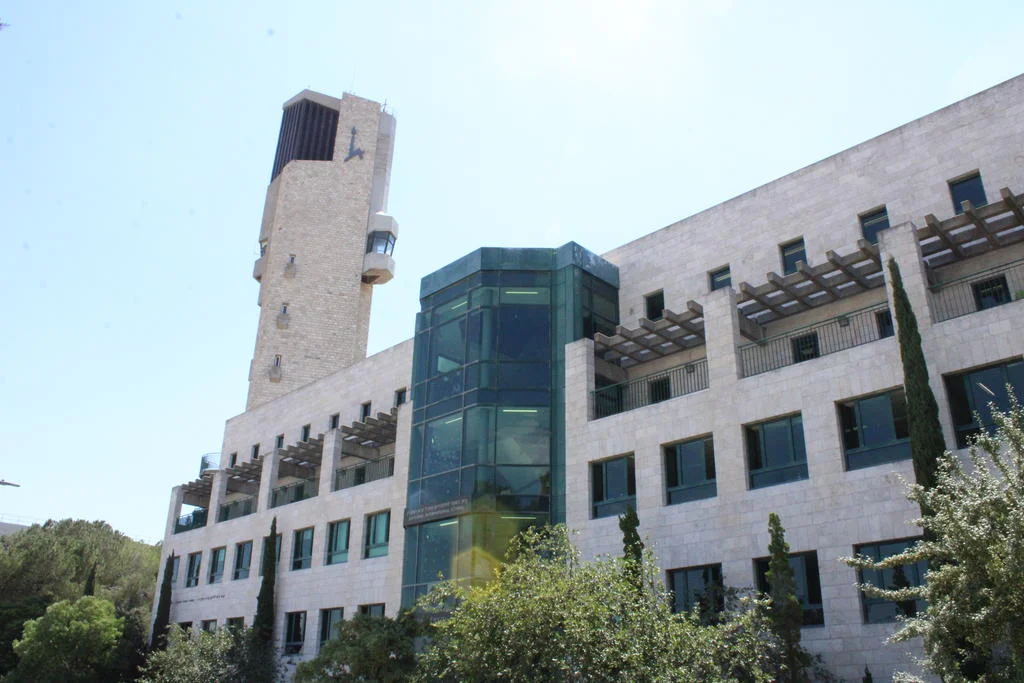The full implementation of the “Great Return” program of former internally displaced persons to the liberated territories is hampered by the landmines and destruction caused during the years of Armenian occupation in Azerbaijan’s Karabakh region, Azerbaijani Presidential Representative for Special Assignments Elchin Amirbayov said in an interview with the Estonian public broadcasting ERR, Report informs.
He noted that before the launch of the mentioned state program, a survey was conducted among residents expelled from Karabakh, and more than 85% of respondents expressed a desire to return.
“More than 750,000 internally displaced persons from the Karabakh region are officially called “temporarily displaced persons.” Now we are talking about ensuring that these migrants return to their places of permanent residence [in Karabakh]. Before launching the state program “Great Return”, surveys were conducted among these people, and more than 85% of respondents expressed a desire to return there. The desire to return was expressed not only by those who remembered their life there and how they were expelled from there, but also by the younger generation, that is, children and the grandchildren of those who were then subjected to ethnic cleansing,” Amirbayov said.
He emphasized that since the signing of a trilateral statement between the leaders of Azerbaijan, Armenia and Russia, the number of returning internally displaced persons has amounted to 5,000 people, and by the end of 2026 it is planned to increase this figure to 140,000 people.
“A territory of approximately 10,000 square kilometers was planted with both anti-personnel and anti-tank mines, plus unexploded shells must be taken into account. It is clear that before resettling people there, this territory had to be cleared of mines. Then it was necessary to create the basic infrastructure - houses, hospitals, schools, etc. Therefore, now that the infrastructure has already been created, the pace of return of internally displaced persons to their homes will, of course, increase - hence the ambitious figure, 140,000 people by the end of 2026,” he added.


